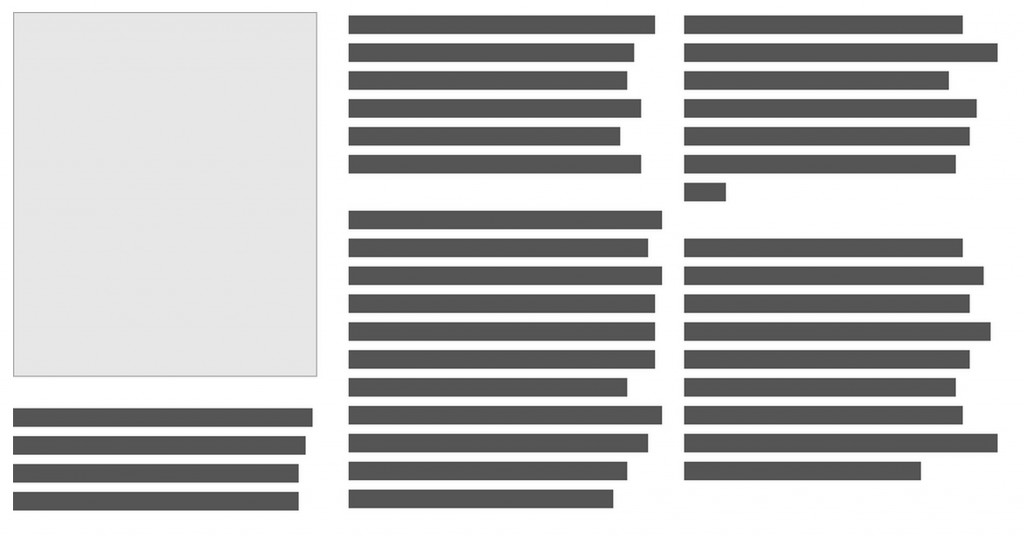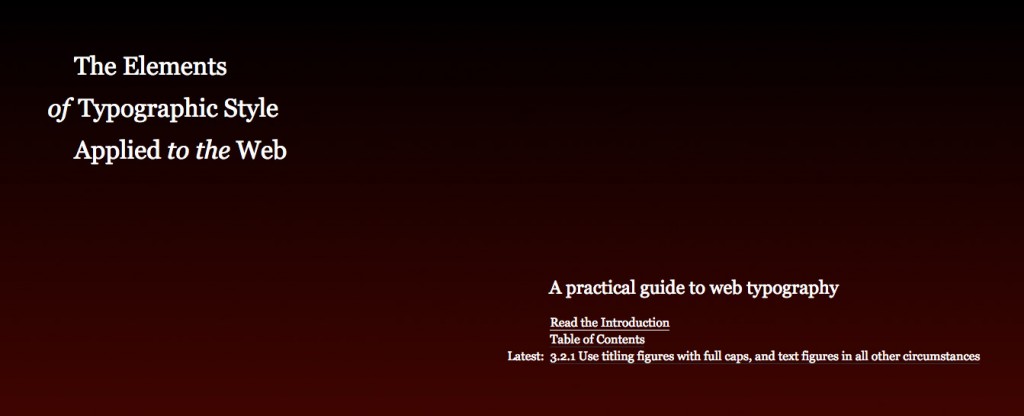An Introduction to wp.media by Eric Andrew Lewis
January 14, 2015Eric Andrew Lewis, one of the core developers behind the “new” (v3.5+) WP Media Workflow gave a talk at the WordCamp Philly about wp.media. While the video has terrible Audio quality which makes it a bit hard to understand, he gives some solid insights into how things work behind the scenes and how we can (at least somewhat) customize a Media Frame or create custom ones.
During the talk he shares a graphical representation of all the Backbone Views and Models that wp.media utilizes, which can be found here:
In case you were wondering, this is what the #WordPress Media Backbone looks like…UML-ish-ly. https://t.co/9Ot6qfwyTU
— eric (@ericandrewlewis) May 6, 2014
If you want to understand how wp.media works, you should check out Eric’s Plugin WordPress Media Javascript Guide and he also started the WordPress Media Core Developer Documentation, which i really hope he finds some time to carry on.

